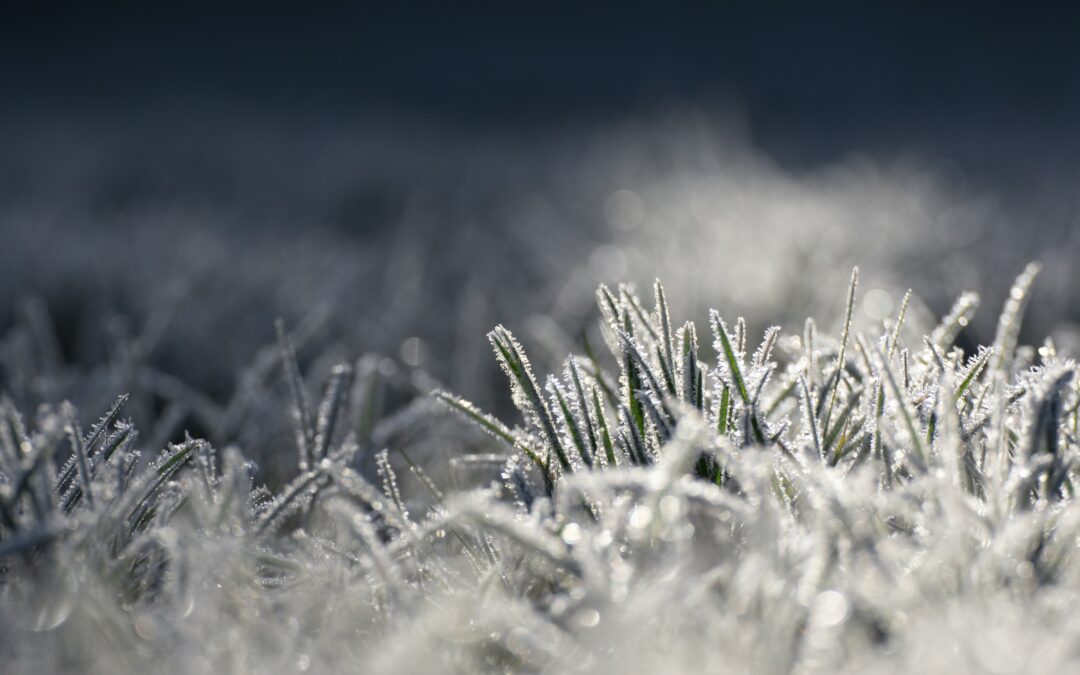I don’t know about you, but the days definitely feel shorter for me. By 6 p.m. it’s getting dark, and it’s pitch black by 7 p.m. Not only that, but my early-morning walks are remarkably close to needing long pants and a sweatshirt. My wife is wearing a winter jacket now.
In other words, it’s getting deeper into fall.
One of the annual staples of autumn is the arrival of the first frosts and freezes. A heavy frost, or a few hours of sub-freezing temperatures, end the growing season for the many farms and gardens that call this area home.
As of Oct. 23, there has been no widespread frost for the coastal counties. Parts of the Pine Barrens in Cape May, Atlantic and Ocean counties saw frost on Oct. 18. But according to the National Weather Service, which issues frost advisories and freeze warnings, the growing season continues.
What is frost and freeze?
“The fuzzy layer of ice crystals on a cold object, such as a window or bridge, that forms by direct deposition of water vapor to solid ice,” is what the American Meteorological Society’s Glossary of Meteorology says.
For most of us, frost is just something cool to look at or photograph for a social media post. However, for farmers and gardeners, this is a concern that marks the end of the growing season.
A freeze is when the air temperature falls to 32 degrees Fahrenheit. However, keep in mind that the air temperature is measured roughly 6 feet above the ground surface. During the night, colder air can be found lower to the ground where fruits, vegetables and flowers grow. It could be 33 or 34 degrees on the sensor, while a ground freeze is still occurring.
A hard freeze is another term you will hear.
“A freeze in which seasonal vegetation is destroyed, the ground surface is frozen solid underfoot and heavy ice is formed on small water surfaces such as puddles and water containers,” is what the Glossary of Meteorology says.
A hard freeze is the one that farmers and gardeners are leary of. Generally, a temperature at or below 28 degrees is hard freeze territory.
Freezes do not have to have frost. Frost needs a light wind and cloudless sky to occur. Sub-freezing temperatures, as we know, can occur with clouds and strong, biting winds during the winter.
Average first frost and freeze dates
On average, the Pinelands, and the more populated inland spots experience frost sooner than the beach towns do.
For Pinelands communities such as Estell Manor, the median first frost is mid-October. The typical first freeze is Oct. 18 with a hard freeze date of Oct. 30.
For the inland parts of the Jersey Shore counties, away from the Pinelands, the average first frost is around Oct. 20. The average first freeze is Oct. 19-22 with the first hard freeze of Nov. 2-5.
For the beaches, the average first frost is Nov. 1-10. The average first freeze is Nov. 24, with a hard freeze date of Dec. 5.
All the data is from the National Oceanic and Atmospheric Administration.
The only places where it’s odd not to have a freeze yet are in the Pinelands. However, it was only two years ago when the first freeze was Nov. 12. In fact, since records began in 1965, a first freeze in November happened eight times.
First frost or freeze of fall 2025
For the Pinelands, the upcoming weekend offers a good chance for the first frost or freeze of the season. A trough of low pressure will swing through, bringing colder air in from aloft. If the sky is clear enough and the winds light, we should have frost, and a freeze is possible.
However, I believe places like Cape May Court House and Longport will remain frost-free and freeze-free after this.
So, what’s next? The first five days of November look to have a good surge of cool air moving in. By that point, average inland low temperatures will be 36-40 degrees; that’s a bit cooler than average and puts us into frost or freeze territory.
Assuming the inland areas have a frost or freeze by Nov. 5, that leaves just the beaches. That’s too far out from now to make an educated forecast. However, you can follow me online for more on that.
Climate change’s role
At the Sen. Frank S. Farley State Marina in Atlantic City, the 30-year average date of the first freeze of the year has shifted later, according to NOAA.
- 1881 to 1910: Nov. 6
- 1951 to 1980: Nov. 11
- 1991 to 2020: Nov. 24
- That’s an 18-day shift.
Atlantic City International Airport has seen no major shift over time. Both periods were Oct. 23.
Joe Martucci, a Certified Broadcast Meteorologist and Digital Meteorologist, is the President and Director of Meteorology for Cup A Joe Weather and Drone. You can connect with him at cupajoe.live.
















